April 20, 2025 | 05:47 GMT +7
April 20, 2025 | 05:47 GMT +7
Hotline: 0913.378.918
April 20, 2025 | 05:47 GMT +7
Hotline: 0913.378.918
Origin and distribution: originated and concentrated in Tri Ton district, An Giang province.
Appearance characteristics: O Lam pig has white skin and hair, or with black spots (black and white). Its head is moderately big. It has small eyes, a long snout, flat or slightly arched face. Its ears are moderately large, upright or horizontal. The hair is thick and stiff, the neck is short. The shoulders are flat. The back is straight and short, the chest is moderately deep. The belly is flat or slightly saggy. It has short legs, and the hind legs are weak. It walks on its feet..
Prolificacy: O Lam pig has large litter size, good milk and the piglets grow quickly. Number of live births: 7-11/litter. Weight at 8 months reaches 50-60kg. Live weight: 72 - 76%, carcass weight: 60 - 68%.
Direction of use: Breed and use as sows.
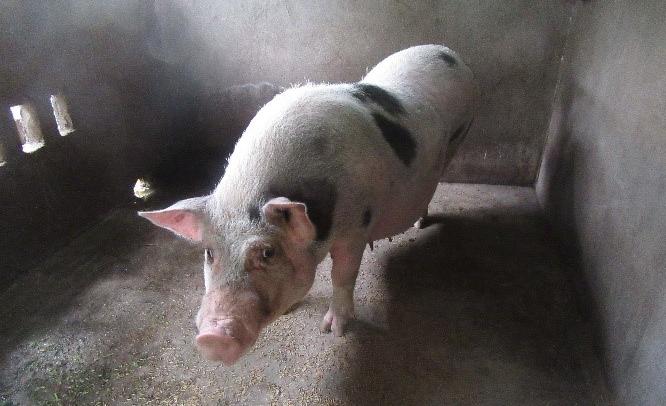
Origin and distribution: Raised mainly by the Pa Ko and Van Kieu people in Dakrong and Huong Hoa districts, Quang Tri province.
Appearance characteristics: Mouse-like appearance. Silver-black hair, sometimes with yellowish-reddish highlights. Straight back, compact body, large head and neck, pointed snout, small ears. Mature weight: 35-40kg.
Prolificacy: Van Pa pig has poor reproduction. Birth weight: 250g. First insemination at 7-8 months old. Average 1.5 litters/year. Number of live births and number of piglets after weaning are 6-8 and 5-7/litter. Weight at 10 months old: 35kg. Lean ratio: 37 and Fat ratio: 28. The meat has a good taste.
Direction of use: Mainly used as a specialty food source and raised in mountainous areas.
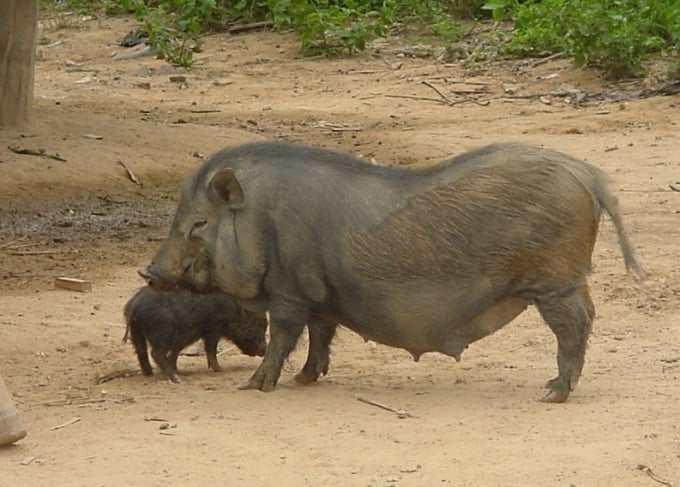
Origin and distribution: Xao Pa Pig is a local breed of ethnic minorities in the Northwestern Nghe An (Que Phong, Quy Chau, Ky Son).
Appearance characteristics: Xao Pa Pig has jet black hair and skin all over its body. The 4 toenails are ivory color. Small and slim in stature, its moderately small head and tneck are firmly connected. The muzzle is long and slightly pointed. The forehead is a little wrinkled. Its ears are straight forward. It has small feet. The back is straight or slightly sagging.
Prolificacy: first in heat at about 11 months; first gives birth at about 15 months old. The number of live births and the number of piglets after weaning are 6.7 and 5.9, respectively. Weaning weight reaches 6.0kg at 94 days.
Directions of use: Breed for specialty pork products.
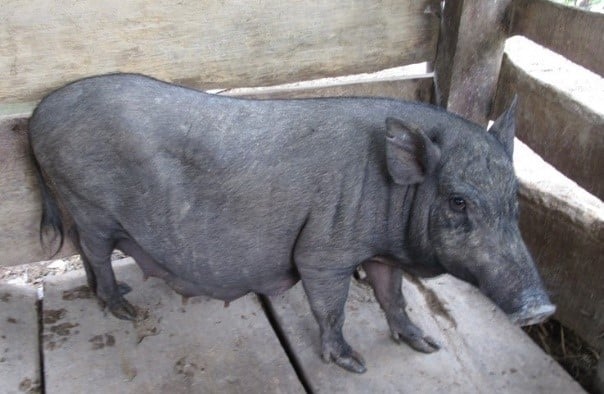
Origin and distribution: Soc Pig is originated and distributed widely across the Central Highlands provinces and mountainous districts of the South Central provinces.
Appearance characteristics: There are 3 main colors: pure black, white langur, and melon stripe (black and red stripe along the body). Melon stripes change with age, reddish color fades and becomes moldy black. The skin is thick, musty. The hair is long with long and upright manes. The legs are small. It walks on hoofed toes and moves very fast.
Prolificacy: Soc Pigs has an average litter size of 6-8, number of piglets after weaning: 5-7/litter. The birth weight reaches 0.41 kg. The weight at 12 months old reaches 40-45kg.
Direction of use: Breed and sell ethnic pork specialties.

Origin and distribution: Tap Na pig is the oldest local pig breed of ethnic minorities in the mountainous districts of Bao Lac and Thong Nong of Cao Bang province... Tap Na Pig also lives in some neighboring districts in the province such as Bao Lac, Hoa An, Bao Lam and some neighboring provinces.
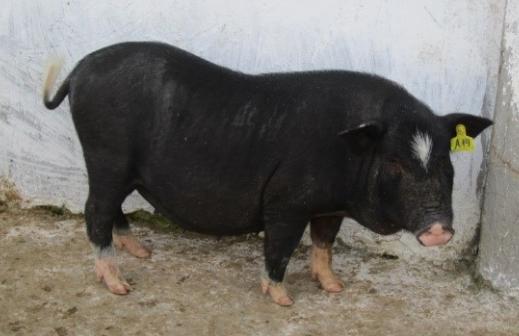
Appearance characteristics: Tap Na pig has a very characteristic color: the hair and skin are all black, except for 6 white spots: one in the middle of the forehead, 4 on legs and one on the tip of the tail. The belly of Tap Na pig is black. There is no white shoulder band like Mong Cai Pig. The face is straight, the head is moderately large, the ears are slightly down, the belly is big but not sagg. The legs are big, tall and strong.
Prolificacy: Tap Na pig has an average litter size of 7-8, number of piglets after weaning: 6-7/litter. Weaning weight reached> 6 kg at 45 days of age. Weight at 8 months old reaches 52-54 kg.
Direction of use: Breed specialty pork products.
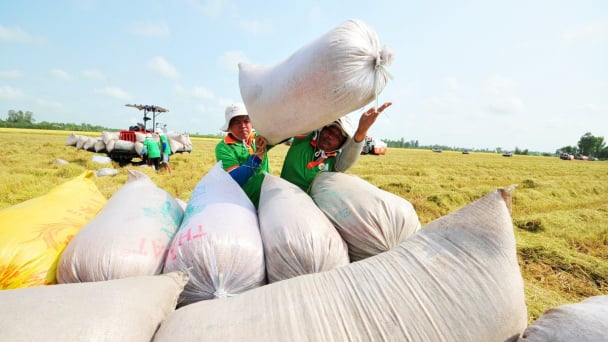
(VAN) The rice industry in the Mekong Delta is undergoing a major transformation, shifting toward sustainable, high-quality, and low-emission exports to meet the green and clean standards increasingly demanded by international markets.
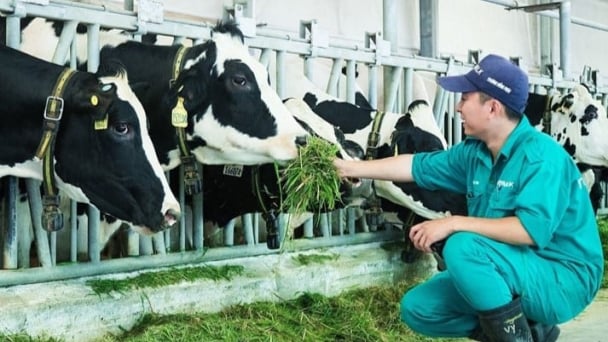
(VAN) According to Tong Xuan Chinh, Deputy Director of the Department of Livestock Production and Animal Health, Vietnam’s dairy cattle industry must overcome seven major challenges to achieve sustainable development.

(VAN) The CGIAR’s Sustainable Animal and Aquatic Foods (SAAF) program represents a new approach that emphasizes the transformation of food systems toward sustainability.
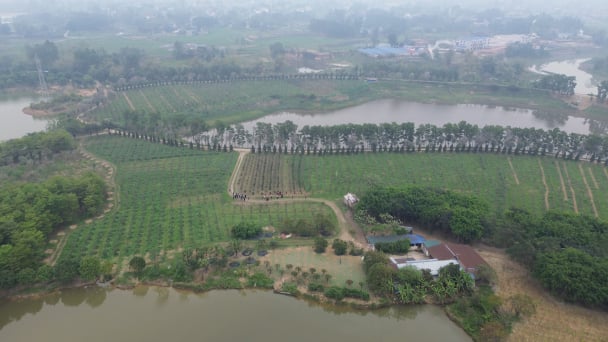
(VAN) Scientists assume that industrial agriculture has been 'outdated.' As a result, a comprehensive overhaul or a revolution in the direction of embracing ecological agriculture is needed.
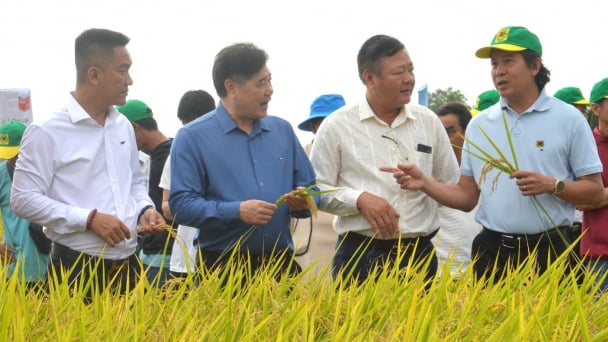
(VAN) The results from pilot fields are catalyzing the expansion of the One million hectares of high-quality, low-emission rice project in Kien Giang.
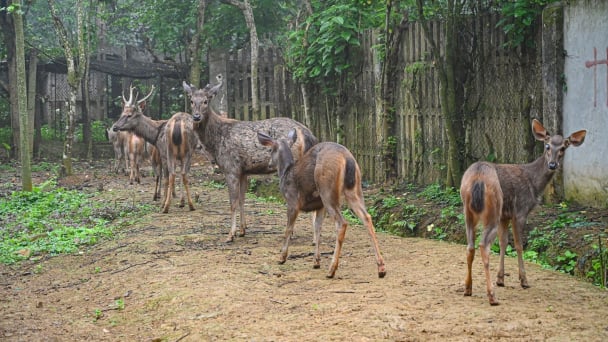
(VAN) On the morning of April 11, Cuc Phuong National Park received 18 individuals of endangered and rare wild animals from Da Nang city.
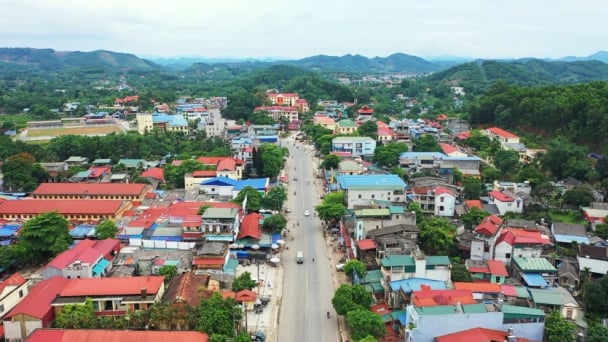
(VAN) FAO supports Vietnam in enhancing survey sampling techniques for the 2025 nationwide agricultural and rural census.